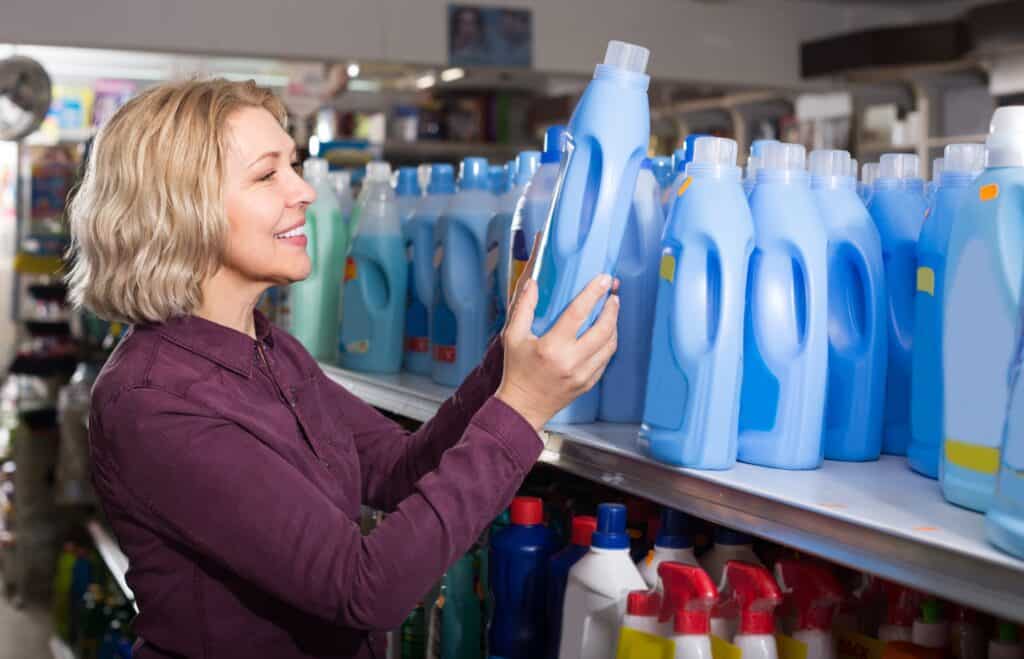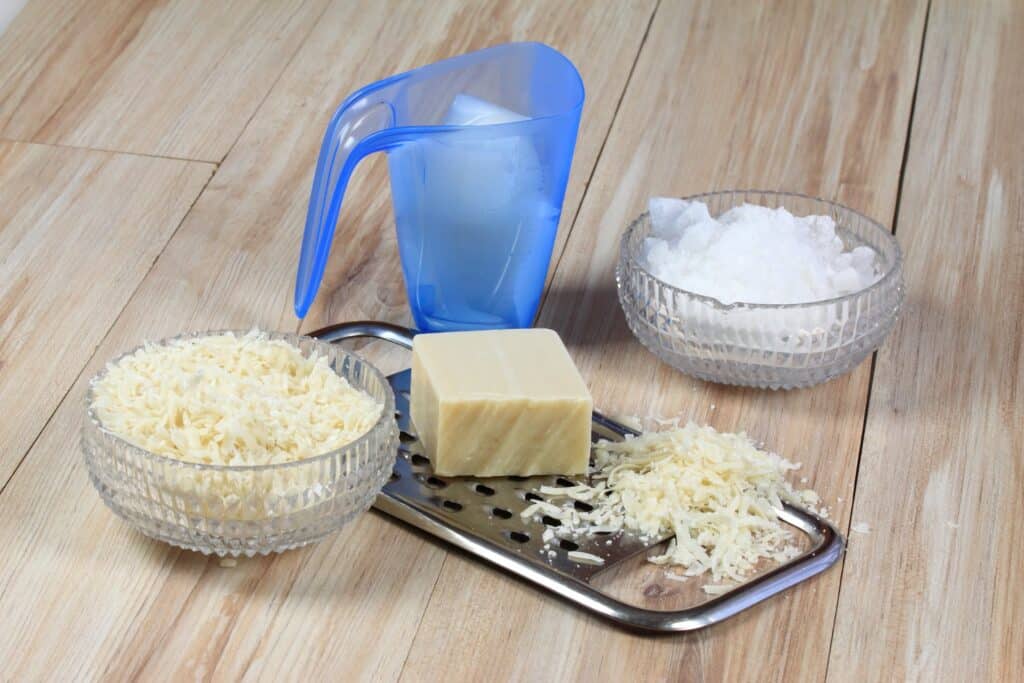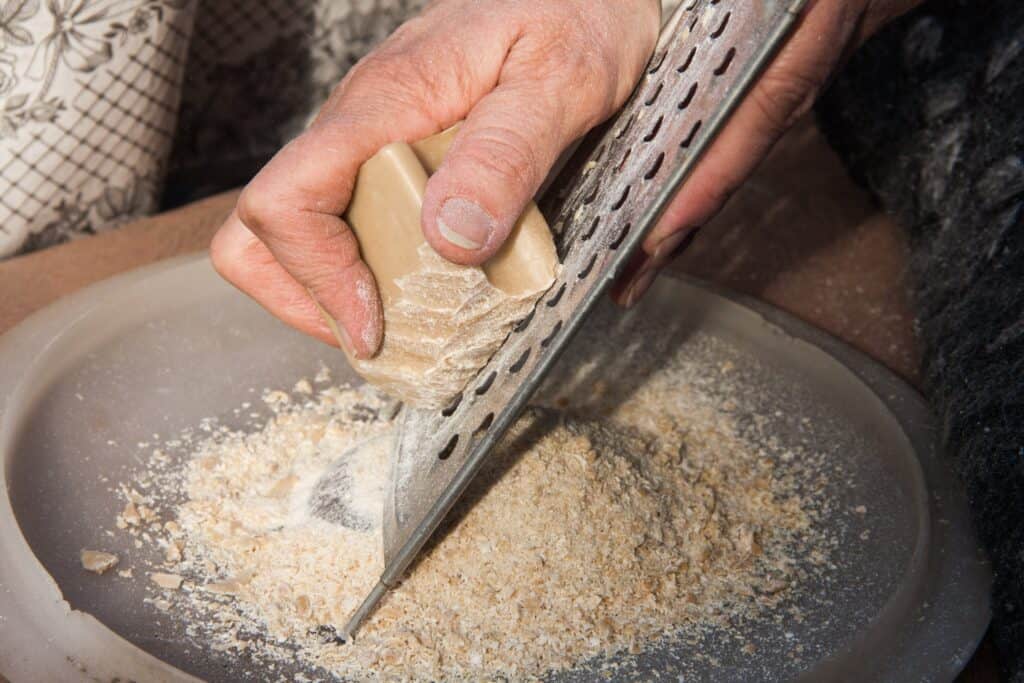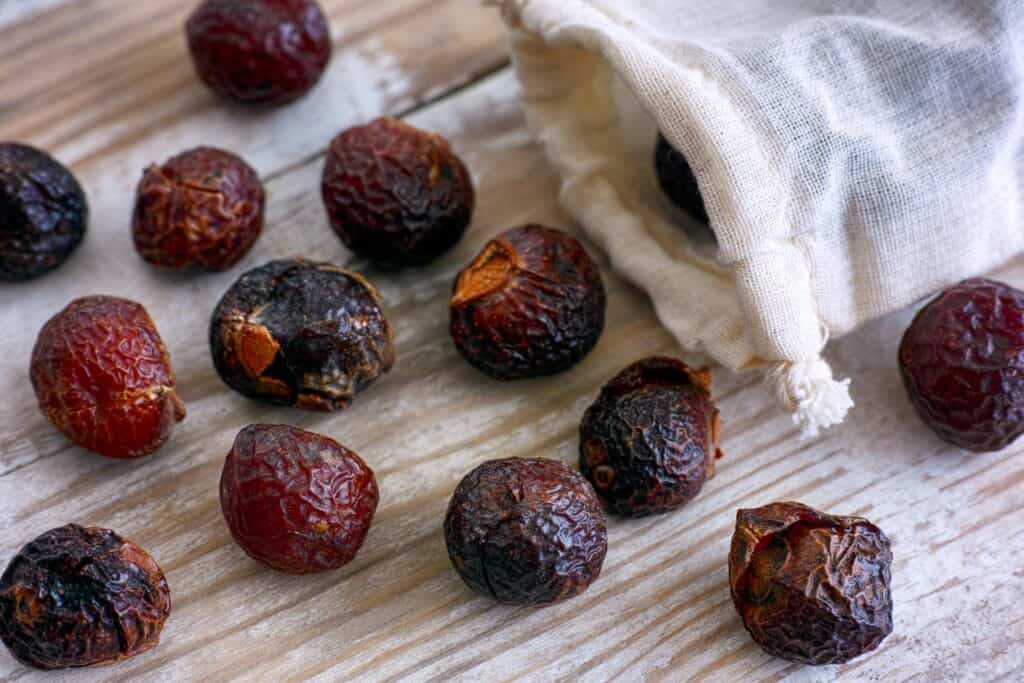Detergents are essential for a clean and healthy lifestyle. Ever since we learned that microbes were sharing our air, water, and food, soaps and detergents have been the most effective way to combat them.
But just as detergents kill pathogens and bacteria, they also trigger allergies for people with sensitive skin. You need a mild detergent to put your mind and body at ease.
Mild detergent is a gentle detergent that doesn’t contain harsh chemicals that irritate or affect sensitive skin and doesn’t trigger allergies. If you have children, then mild detergent and mild soap are important for their health and wellbeing.
But what is the difference between mild detergent and soap? And can you use one instead of the other? And how to find a good mild detergent? Read more to find answers to all of these questions and more.
What is Mild Detergent?
Put simply, mild detergent is easy on the skin and hard on the stains. It can dissolve the toughest sweat, food, wine, and coffee stains without leaving traces of harsh chemicals in the laundry that trigger itches and allergies.
The main ingredient in mild detergent is surfactants. These have the ability to dissolve grease, oil, and other food stains but have no harmful effect on the skin.

Mild detergent comes in different forms. There’s laundry detergent to wash clothes, mild shampoo and body wash for taking a shower or simply washing your hands, and there’s mild dish wash for the dishes.
They’re all equally important. And if you need to use one, you’ll have to use the others. What they have in common is the absence of chemicals that would irritate the skin or trigger an unpleasant reaction.
Whether you wash the dishes by hand or put them in a dishwasher, mild dish soap will get the pots and utensils clean without coating them with chemicals that make their way into your food.
The same goes for laundry detergents that are packed with enzymes and abrasives. Even after a thorough rinsing a few times over, the clothes will still have trace amounts of these harsh chemicals. When they come in contact with sensitive skin, they trigger allergies.
Here is a list of my favorite mild detergents that may interest you to check out.
Mild Detergent pH
One of the best ways to understand the difference between mild detergent and regular detergent is through their pH levels.
When we say pH level, we’re talking about how acidic or alkaline something is. Drinking water has a neutral pH of 7.0. But if you go above 7.0, the medium becomes alkaline. Below 7.0, it’s acidic. For our detergent purposes here, we need the liquid to be as close to 7.0 as possible.
If you can’t tell whether the laundry detergent or dish soap you’re about to use is mild or not, measure its pH. A mild detergent will give you a reading of 7.0, or it might be something close such as 6.8. That detergent is safe to use to wash clothes without irritating the skin.
But if you get a reading under 6.8 or above 7.2, then the dish soap or detergent is not considered mild. The high acidity or alkalinity of the detergent is due to the presence of enzymes and abrasives. Using such a detergent is not safe for people with sensitive skin, including children.
The pH level is a fail-safe way to determine whether you’re looking at a mild detergent or not. Some products in the market claim to be mild detergents or mild soaps, but they still contain sulfur and other skin-irritating chemicals. The only way to tell is to get their pH reading.
Benefits of a Mild Detergent

Apart from not triggering allergies, why would you want to use a mild detergent or mild soap instead of regular detergent? As it turns out, there are many benefits to using these mild products. Here are some of those benefits.
- Mild soaps keep the skin smooth. If you tend to have rough skin after washing your hands or doing the dishes, chances are you’re using strong dish soap that damages the skin.
- Mild detergent doesn’t irritate the skin when handling the laundry, especially if you need to take the laundry out of the washer and put it into the dryer.
- Use mild soap, body wash, shower gel, and detergent with babies since they have sensitive skin. This will make bathtime more peaceful with less drama.
- People with skin conditions such as eczema will benefit a lot from using mild detergents and soaps.
- Mild detergents are also the right option to use with fresh or mild stains, especially on delicate fabrics such as silk and satin.
- Since detergents and soaps have a pH level different from the skin, you risk developing skin hives from these products.
- Having mild detergents around children is a lot safer than the chemically packed regular detergents.
How to Make Mild Detergent
Now that I piqued your interest in the benefits of mild detergent, it’s time to learn how to make one. If you can’t find mild detergent online or in the local store, you can make it at home from materials already available around the house.
The process itself is simple and doesn’t require exceptional skills. Overall, you’ll have your mild detergent ready to use within 15 minutes.
Materials

- 6 cups of washing soda.
- 3 bars of soap, no more than 5 ounces each.
- Essential oil of your choice.
- A cheese grater.
- Food processor
- Clean towel
- Hand gloves, face mask, and eyewear for protection.
- Medium-sized bowl
- Plastic container with a cover.
How to Prepare the Mild Detergent

- Put all the materials and ingredients on the table.
- Put on the hand gloves, face mask, and eyewear before you start the preparations. This will protect you against sawdust from the grated soap and specks of washing soda.
- Start by grating the soap on the cheese grater. If you have different settings on the grater, choose the finest side. You want to make the soap fine as powder.
- Add the baking soda, the essential oil, and grated soap to the food processor, then cover it with the lid.
- Cover the food processor with the towel to prevent specks of soap and washing soda from flying in the air.
- Blend the ingredients for about 3 to 5 minutes on medium speed.
- Pour the mild detergent into the container and close it. You can use this detergent to do the laundry, remove tough stains, or wash the dishes.
What Clothes Need Mild Detergent?
If you’re not using the mild detergent for a medical condition such as eczema or sensitive skin and there are no children who would need it, you still would want this mild detergent to wash certain types of fabrics.
At the top of those fabrics are delicate clothes such as nylons, lace, and thin fabrics. Even if you set the washer to Quick Mode, regular detergents might still damage such fabrics. But with a mild detergent like the one you made in the previous section, these fabrics are safe.
Wool clothes are also best washed with a mild detergent, even if the washing instructions on the tag don’t state it. With natural wool, you wouldn’t want to risk damaging the texture, colors or cut of the sweater or wool garment.
Designer clothes and expensive items of clothing, especially those made from satin, cashmere, or other expensive fabrics, deserve a mild detergent that doesn’t damage the fabric.
Mild Detergent Vs. Soap
As we have seen from the section about making mild detergent at home, there’s not much difference between soap and mild detergent. Soap is considered a mild detergent in its own right. However, the mild detergents you buy online are quite different from the average soap bar.
The difference is not just in the packaging or texture but in the composition as well. Commercial mild detergents have more efficient active ingredients that do a good job dissolving various stains without damaging the fabric or causing an allergic reaction.
But one difference between mild detergents and soap, including dish soap, is the versatility of the latter compared to the limited uses of the former.
For example, you can use dish soap not just to do the dishes but also to clean the floor, sanitize veggies and fruits, remove oil and grease stains from clothes, and keep the kitchen germ-free and spotlessly clean.
That said, there’s no reason to favor one product over the other. The fact is, you’ll need both the mild detergent and the soap at your home to do the laundry, the dishes, and even wash your hands without damaging your skin or that of the children in the house.
Best Uses for Mild Detergent
As it turns out, there are many more uses for mild detergent and dish soap than just doing the floor and the dishes. Truth be told, the more you think about it, the more you can put those two products to good use around the house.
Here are just a few ideas to get you started. I’m sure you’ll find other ways to use them.
- Cleaning Jewelry: If you have silver, gold, platinum, or other gems, you’ll notice a thin film of rust over the metal and dirt in the nooks and crannies of the stones. Use a few drops of mild detergent mixed in warm water to clean the jewelry.
- Carpet Cleaning: Whether you have a stain on the carpet or the rug is just getting a lot of dust and needs a good cleaning, you can use a mild detergent to get the job done. For cleaning stains, use vinegar and dish soap combo.
- Patio Furniture: We all know that outdoor furniture gets more than its fair share of dust, dirt, and stains. Mix dish soap in warm water and give the patio furniture a good cleaning with a washcloth.
- BBQ Grill: Of course, all the grease and liquid BBQ fat that drops on the grill and burns will turn into semi-permanent stains. But with the help of mild detergent and some warm water, those stains will break down, and you can clear them off with a good scrub.
- Kitchen Sink: It’s a given that dish soap was made for the kitchen, but did you know that you could also use it to unclog the kitchen sink? Mix 2 teaspoons of dish soap into a cup of hot water and pour it into the clogged sink. Give it 10 minutes, then flush the sink with hot water.
- Clogged Toilet: Use the above-mentioned recipe to unclog a toilet. It might need a few treatments until you get good results. Allow the cleaning solution between 20 to 30 minutes to break through the clogging.
How to Find a Good Mild Detergent
It’s true that getting a pH reading of the detergent can let you know if it’s mild or not, but not everyone has a pH reading kit at home. If you can’t find a trusty mild detergent, then I recommend you use one of the following mild soaps.
Castile Soap

This soap has been around for quite a while. It used to be made of olive oil, but these days, it’s based on a mix of vegetable oils, including palm oil and coconut oil. Still, it’s one of the mildest detergents you can find on the market.
It comes both as a bar or in liquid form. I recommend the liquid soap since you can use it to make a spray to clean glass, kill bugs, and even use it as a hand sanitizer.
You can buy it on Amazon.
Soap Nuts

Soap nuts are natural fruits that contain saponin along with other natural oils that produce a good lather when rubbed with water. You can use it instead of soap or as a natural shampoo.
Conclusion
Mild detergent is a gentle detergent that contains no abrasives or enzymes that irritate sensitive skin or cause allergic reactions. You can make a mild detergent at home from washing soda and regular soap.
Next, you can check out my list of 13 laundry detergent alternatives that actually work!

I’m an expert wardrobe organizer and a bit of a clean freak. I created this website and its YouTube channel to share practical guides about laundry and organizing. My teachings have been featured in multiple large news publications, and I’ve self-published two wardrobe organizing books and an entire course on the subject.

